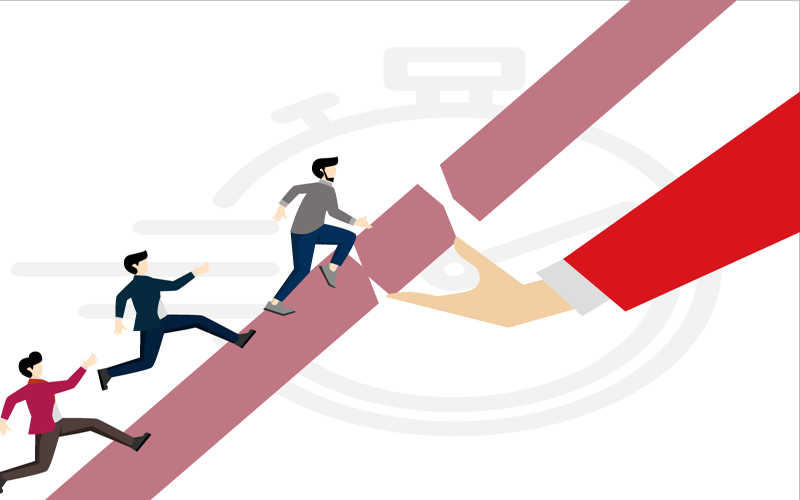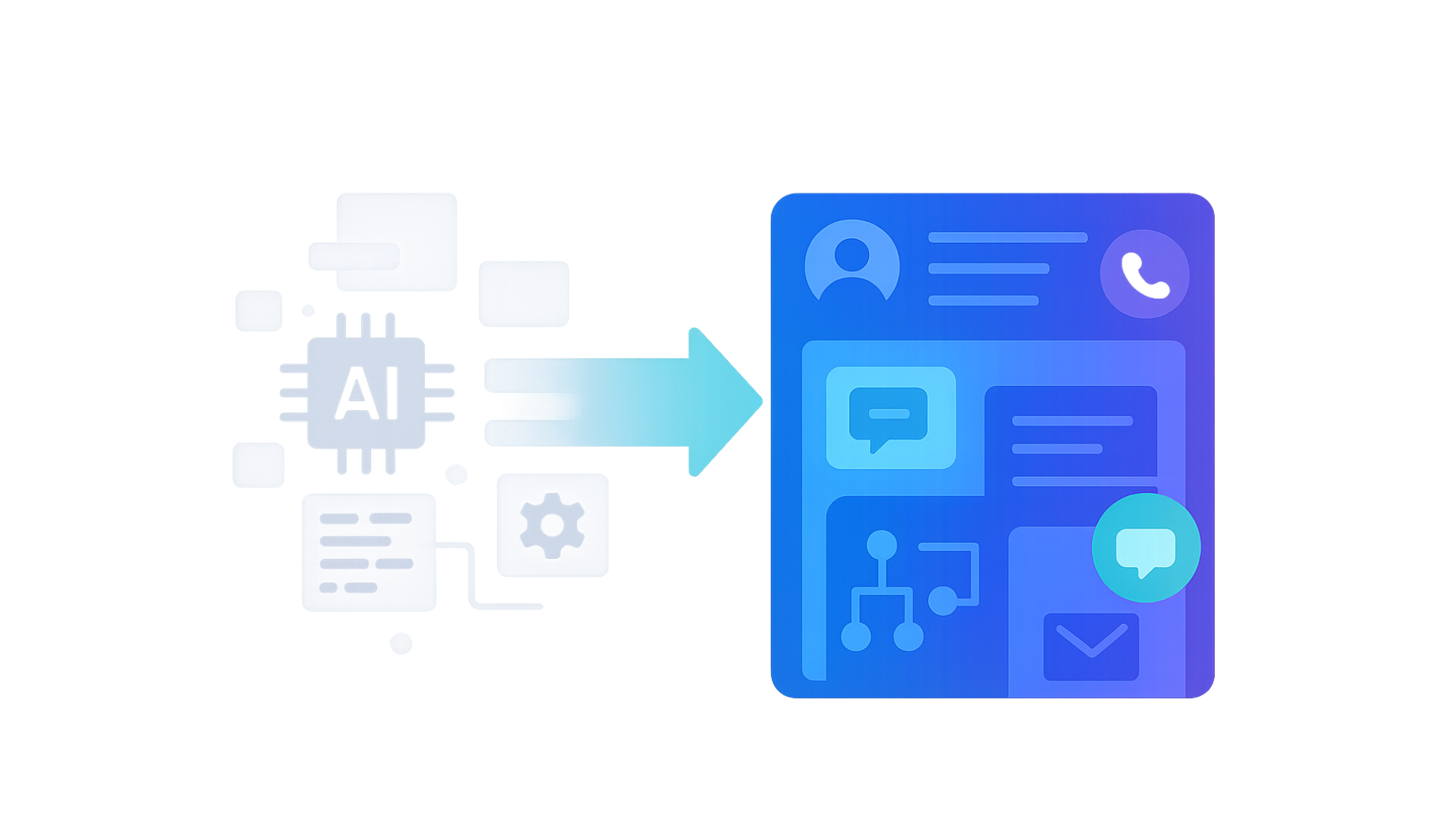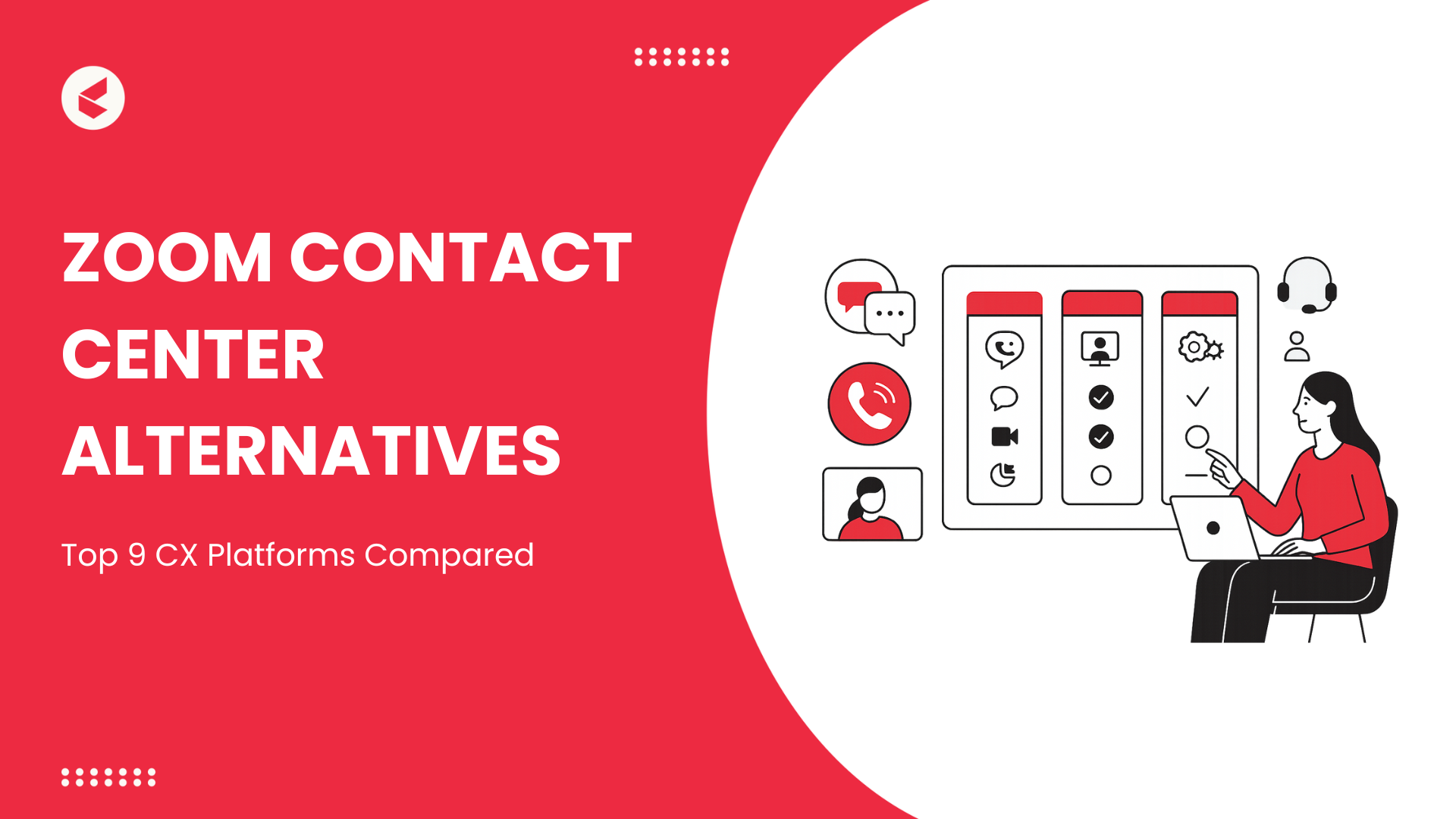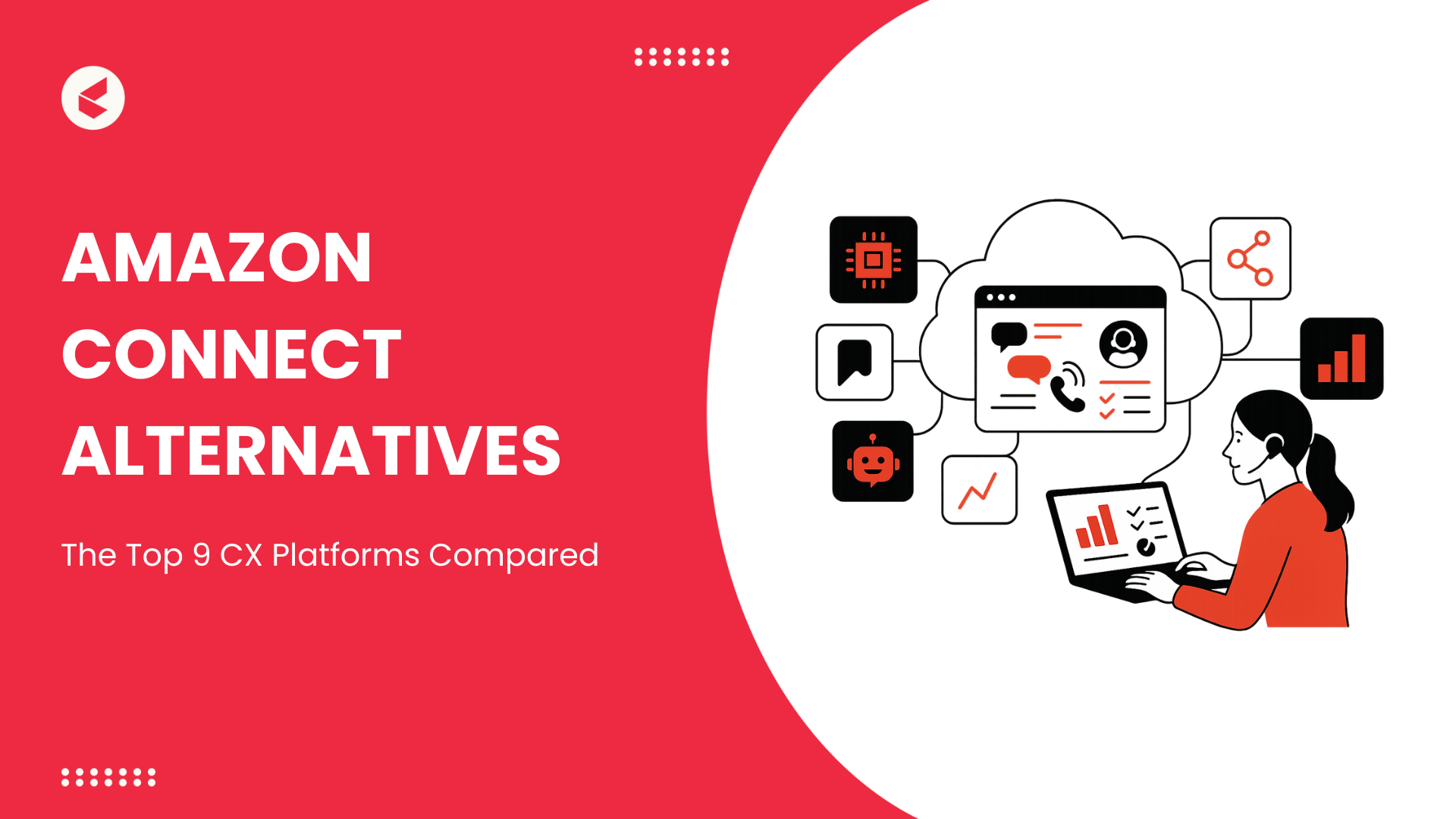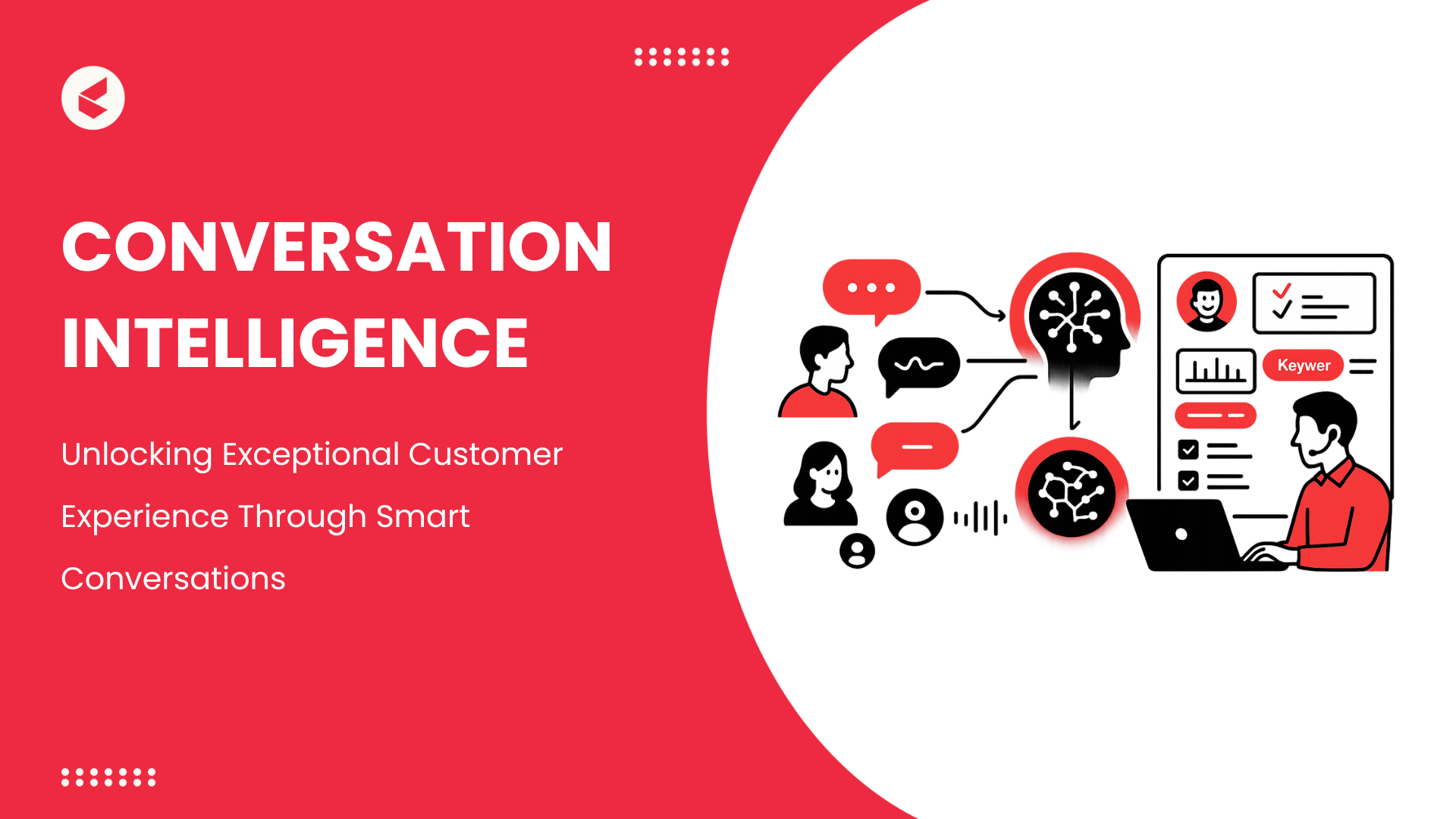Your business is significantly impacted when you use feedback from customers to enhance the customer experience. Customers who are satisfied are more inclined to buy from you often, tell their friends about your company, and write favorable reviews. This results in more business success and growth.
What we must understand is that every customer’s relationship with a company has gone through a distinct path to get to where it is today. Customers receive several types of information throughout that journey and act accordingly.
Feedback is therefore required at each stage of your interaction and touchpoint to enhance it. It is crucial to understand what a customer journey is before comprehending how the concepts of feedback and customer journey relate to one another. Let’s dive right in!
What is a Customer Experience Lifecycle?
The customer lifecycle refers to the various stages a customer goes through from the initial awareness of a product or service to the post-purchase phase. It encompasses the entire journey of a customer’s interaction with a business, from the first point of contact to the ongoing relationship and potential repeat business. The customer lifecycle is often depicted as a cyclical process, as businesses aim to build lasting relationships and encourage repeat business.
Here are the typical stages in a customer lifecycle:
1 . Discovery
This is the stage where potential customers become aware of a product or service. It might involve marketing efforts, advertising, or word-of-mouth recommendations.
2 . Education
Once aware, customers may express interest in the product or service. This stage often involves researching and gathering information to make informed decisions. Customers evaluate the options available to them, comparing features, benefits, and prices and in turn, engage with the business as well. This stage is crucial in influencing the decision-making process.
3 . Purchase
At this stage decides to make a purchase. This stage involves the actual transaction, whether it’s online, in-store, or through another channel.
4 . Post-Purchase Experience
After the purchase, the customer assesses their experience with the product or service. Positive experiences can lead to customer satisfaction and loyalty.
5 . Loyalty & Advocacy
Businesses aim to retain customers by providing ongoing value, support, and positive experiences. This involves customer service, follow-up communication, and loyalty programs. Customers at this stage decide whether they want to be loyal to a business or not. Satisfied customers may become advocates, recommending the product or service to others. This word-of-mouth marketing can be a powerful driver of new business.
How Do You Ask For Customer Feedback?
“Your most unhappy customers are your greatest source of learning. — Bill Gates
Customer engagement specialists at Rapide conducted a study in conjunction with YouGov on the way businesses are perceived by customers. They found that 43% of surveyed customers don’t answer customer feedback questionnaires because they believe businesses don’t care.
So, how do businesses make sure their customers actually give their feedback to them so that they can work on the betterment of their products and services? Asking for customer feedback is an essential part of understanding and improving the customer experience. Here’s a step-by-step guide on how to ask for customer feedback effectively:
1 . Determine Your Objectives
Before you start asking for feedback, clearly define your objectives. What specific information or insights are you seeking? This will guide your feedback collection process.
2 . Select the Right Feedback Method
Choose the most suitable method for collecting feedback based on your objectives and your audience. Common methods include surveys, interviews, online forms, emails, phone calls, and in-person interactions.
3 . Segment Your Audience
Segment your customer base to ensure you’re targeting the right people with relevant questions. For example, you might have different questions for new customers, long-time customers, or those who recently made a purchase.
4 . Craft Thoughtful Questions
Design your questions carefully to gather specific and actionable feedback. Use a mix of closed-ended (multiple-choice, rating scales) and open-ended (text-based) questions. Keep questions clear and concise.
5 . Offer Multiple Touchpoints
Provide multiple opportunities for customers to give feedback. This can include post-purchase surveys, follow-up emails, feedback forms on your website, and in-app prompts.
6. Use a Gradual Approach
Instead of bombarding customers with a long survey, start with a few key questions and gradually gather more information over time. This can increase response rates. Keep the feedback process as brief as possible. Respect your customers’ time by making it quick and easy for them to provide input.
7 . Ensure Privacy and Anonymity
Assure customers that their feedback will be kept confidential and, if needed, allow for anonymous responses. This can lead to more honest and candid feedback.
8 . Listen Actively
Actively listen to the feedback you receive without getting defensive. Remember that feedback, even if negative, is an opportunity for improvement.
9. Respond and Close the Loop
Acknowledge and thank customers for their feedback. If possible, follow up with them to share how their feedback has been used to make improvements.
10. Continuous Feedback Loop
Make collecting and acting on customer feedback an ongoing process. Regularly review and adapt your feedback methods and questions to stay relevant to your customers’ evolving needs.
For maintaining a continuous feedback loop, a robust feedback management system is crucial.
Feedback Pro is a comprehensive feedback management solution designed to help you transform customers into advocates for your brand. Through Feedback Pro, you have the ability to effortlessly gather feedback after each interaction automatically.
Utilizing its advanced reporting and analytics functionalities, capable of generating reports in over 1000 formats, you can assess and enhance key customer service metrics such as CSAT scores, NPS, and more. Make well-informed decisions that foster the growth of your business while ensuring continued satisfaction among your customers.
Remember that the goal of asking for customer feedback is not just to collect data but to use it to improve the customer experience continuously. By implementing these strategies, you can build stronger relationships with your customers and make data-driven improvements to your products and services.
How do we use customer feedback to enhance the customer lifecycle?
In order to increase total customer satisfaction and loyalty, it is essential to use customer feedback to enhance the customer experience.
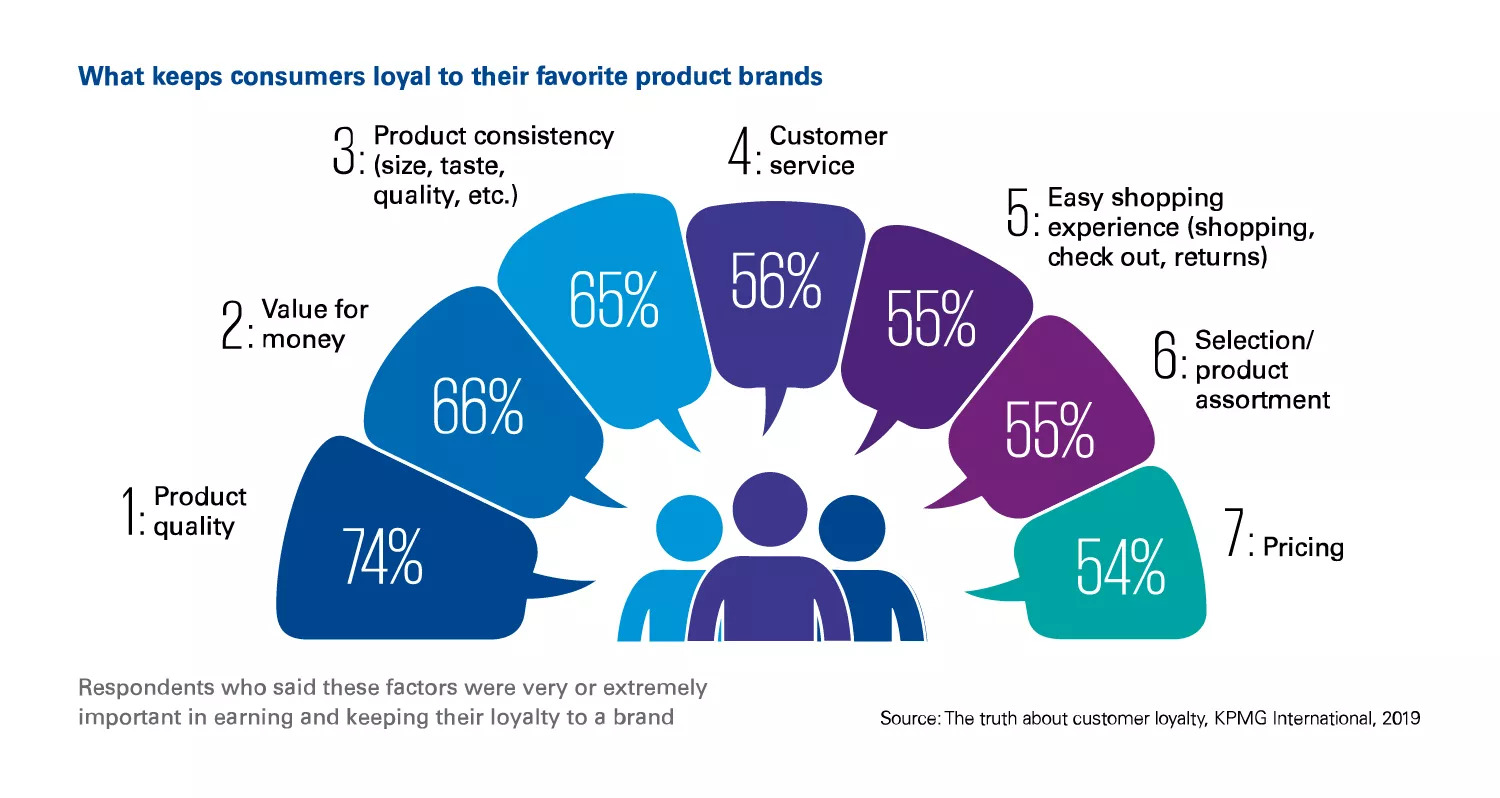
Now consider this- a KPMG survey found that 65% of those polled said that receiving excellent customer service was crucial to their continued brand loyalty.
Also, a study by global management consulting firm Bain & Company found that “The average repeat customer spent 67 percent more in months 31-36 of his or her shopping relationship than in months zero to six.”
Now the question is, why these numbers? These numbers speak for themselves. They illustrate how crucial it is for businesses to retain their loyal customers in terms of growth and revenue. Let’s take a look at a few steps you can take to use feedback to enhance customer experience and encourage customer loyalty.
1 . Collect Feedback
1 . Surveys: Create surveys to obtain feedback on the various customer journey touchpoints. Use a combination of closed- and open-ended questions. Read more on NPS surveys here.
2. Reviews: Review sites for certain industries or platforms like Yelp and Google should be followed up on for customer feedback.
3. Social media listening: Monitor your social media! Keep an eye out on social media for mentions and remarks about your brand.
2 . Analyze Feedback
1 . Categorize Responses: Group feedback into categories based on common themes. Identify areas that receive positive and negative comments.
2 . Quantitative Analysis: Use quantitative data (e.g., ratings, scores, etc.) to identify trends and patterns.
3 . Prioritize Issues
1 . Prioritize feedback based on its impact on the customer lifecycle and business goals.
2. Focus on addressing issues that have the greatest potential to improve overall customer satisfaction and loyalty.
4 . Implement Changes
1 . Develop an action plan based on the insights gained from customer feedback.
2 . Implement changes and improvements to address identified issues.
3 . Prioritize enhancements that align with customer expectations and preferences.
5 . Communicate Changes
1 . Communicate with customers about the changes being made as a result of their feedback.
2 . Demonstrate transparency in your commitment to continuous improvement.
3 . Create a culture of continuous feedback by regularly soliciting customer input.
Why Collecting Customer Feedback Across the Customer Journey Is Important?
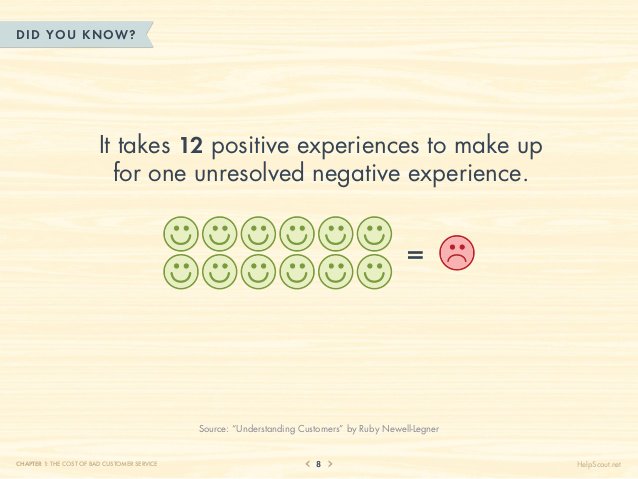
According to Ruby Newell-Legner’s “Understanding Customers“, it takes 12 positive customer experiences to make up for one negative experience.
Hence, it is very important to be ahead in the race when it comes to acting upon customer feedback, becoming better, making it up to them, and bringing them back to your loyal power team. Here are the ten best reasons why you should be collecting feedback from your customers right now!
1 . Data-Driven Decision-Making:
Collecting feedback systematically provides a data-driven foundation for decision-making. It enables you to make informed and strategic decisions based on real customer experiences and preferences.
2 . Increasing Customer Advocacy:
Satisfied customers are more likely to become advocates for your brand. Gathering positive feedback and testimonials along the customer journey can be used to showcase success stories and attract new customers.
3 . Demonstrating Customer-Centricity:
Actively seeking customer feedback sends a powerful message about your commitment to customer-centricity. Customers appreciate companies that value their opinions and actively work to improve based on their input.
4 . Adapting to Evolving Needs:
Customer needs and expectations change over time. Regular feedback allows you to stay attuned to these changes and adapt your offerings and processes accordingly.
5 . Tailoring Communications:
Understanding the customer journey helps in tailoring communications. By knowing where customers are in their journey, you can provide relevant information, offers, or support that enhances their experience.
6. Enhancing Product and Service Offerings:
Customer feedback provides insights into how well your products or services meet customer needs. This information is essential for refining existing offerings and developing new ones that align with customer expectations.
7 . Optimizing Customer Interactions:
Feedback collected at specific touchpoints allows you to optimize interactions. For example, if customers consistently express dissatisfaction with a particular part of your website or a specific aspect of customer service, you can focus on improving those areas.
8. Improving Onboarding Processes:
Feedback collected during the onboarding phase is particularly valuable. It helps you understand how well customers are adapting to your product or service and where improvements in onboarding processes are needed.
9. Measuring Customer Satisfaction:
Regular feedback collection enables you to measure customer satisfaction at different stages. Understanding where customers are most and least satisfied helps prioritize improvements and allocate resources effectively.
10. Understanding Customer Expectations:
Gathering feedback allows you to understand customer expectations at various touchpoints. By aligning your processes with these expectations, you can use feedback to enhance customer experience.
Wrap-Up
Collecting and assessing feedback to enhance customer experience is crucial. Consistently refining the customer journey by implementing changes based on feedback, is one of the vital measures in crafting an improved experience for customers and fostering business success.
Talk to our product squad: Schedule a demo today!
,
,
,
,
,
,
,
,
,
,
,
,
,
